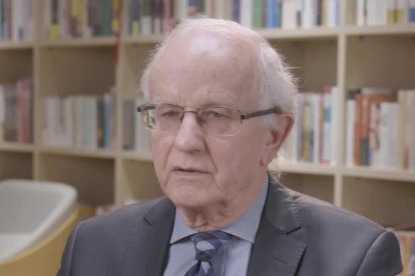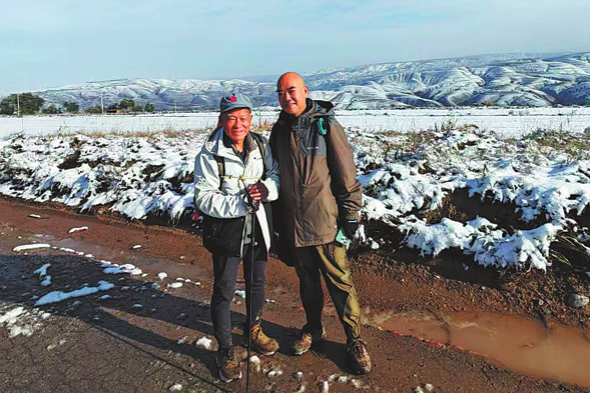Chinese students return from abroad with startup fever

Sun Haotian, also a Stanford graduate, is another example. "Before I studied overseas, my plan was to simply complete a doctorate, which might make my job search easier," said Sun.
"However, a course on entrepreneurship in civil and environmental engineering prompted me to think about joining a start-up," Sun said.
Sun quit a position with an investment company and joined Laiye, a mobile Internet platform that helps with ordering cabs, food, hotels, air tickets and housekeeping.
Rich knowledge and broader horizons are believed to have contributed to the change in attitudes.
However, some noted that it was the amicable environment for entrepreneurship in China that helped them make the decision to return.
"I tried to operate a start-up as early as my years at Berkeley. It was not successful, but I learned an important lesson," said Mark Ma, a graduate of the University of California at Berkeley.
Speaking of his decision to return, Ma said he values China's detail-oriented work environment.
Li Zeyang graduated with his bachelor's degree in computer science at Carnegie Mellon University and continued his studies at Stanford University.
"Before leaving for the United States, I was planning to find a job there and work as an engineer," said Li. He interned at several leading U.S. companies before making the decision to return to China. He later co-founded the mobile game company Chilly Room.
"My experiences at Stanford inspired me," Li said, adding that working overseas as an engineer would not offer him enough of a voice in decision-making.
"There are many more opportunities back in China," he said.
- China opens draft regulations on data protection to public consultation
- Veteran French physicist elected to Chinese Academy of Sciences
- Former Polish deputy PM praises China's economic rise, growing influence
- HK powers the nation's equestrian development
- Forum hailed for promoting Global South modernization
- Wushu needs more events in GBA, coaches in Macao say






































